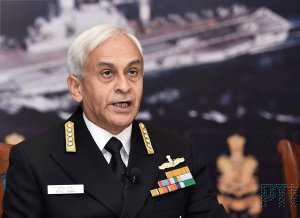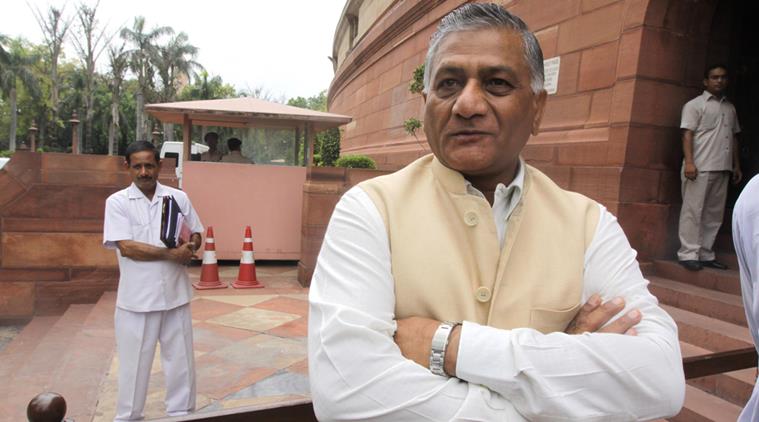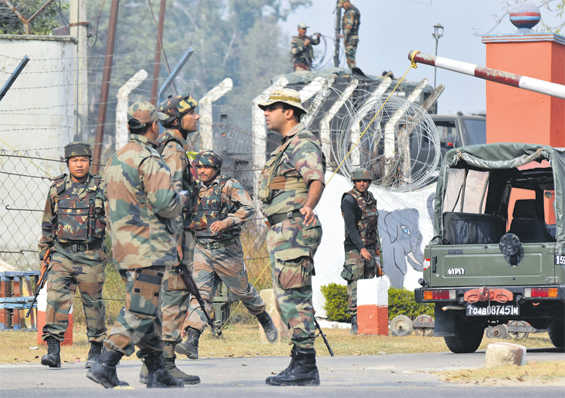
SNAPSHOT
Yes, some positions which the Indian Army occupies are dangerous. But it has to be done for national security. Remember Kargil?
Every few years the Indian Army deployed in all parts of Jammu and Kashmir battles extreme winter conditions, which bring heavy snowfall, avalanches and extreme cold spells. From Siachen to the Pir Panjal and from the Ladakh Range to the Shamshabari each zone or sector has its own peculiarities. The altitude may be higher but precipitation is low and vice versa in some areas, while wind and blizzard like conditions prevailing over an extended period of time accumulate huge piles of snow. Contingent upon angles of slopes, type of rock composition of the mountains and direction of the sun, different areas hold snow differently. The Shamshabari range and its adjoining ridge lines have huge snow slides and avalanches, with little predictability about the time or exact location. The Pir Panjal too does not hold its snow too well. It’s Eastern Ladakh, which has high snow accumulation but few avalanches. The Siachen Glacier’s Saltoro Ridge has sharp drops where avalanches are predictable.
The reader will get a good idea from the fact that an area such as Uri sector is as low as 4,000 feet above sea level but it is surrounded by heights of the Line of Control (LoC), which rise to 14,000 feet within a short distance, making slopes extremely steep. On certain ridge lines in this area, snow accumulation in bowls goes up to 50 feet and on ridge lines up to 20 feet. Avalanches are a regular phenomenon here and just like the glacier permanent habitat in flat areas or bowls becomes almost impossible to occupy due to snow levels. Ridge lines are inhabitable, but full picquets are known to sometimes slide away with snow avalanches.
The cycle of extreme winter usually comes once every three to four years or so. Casualties are then high and even civilian population in rural areas is affected. However, social media (not media) makes every smartphone owner an expert in winter management with doubts cast over the Indian Army’s expertise, levels of commitment and training to meet the challenge. ‘Knowledgeable’ people advise the Army to get expertise from other organisations. It’s important for the Army to explain why casualties occur in certain winters.
It must be brought to public notice that the Indian Army’s expertise on high altitude, glaciated and ‘white shod’ operations is respected the world over. Our medical proficiency to cater for such contingencies is considered even better. The government ensures clothing, equipment, boots and other paraphernalia, including heating devices, dry cell batteries and fuel for warming and drying which are are all available in plenty. The logistics preparation for stocking supplies, fuel and basic replacement equipment begins a year before the winter and its implementation goes like clockwork through the year, in fact an exercise worthy of study by management training institutions.
Simultaneously, newly inducted units undergo training and each unit prepares its winter standard operating procedures (SOPs) along with training the avalanche rescue teams (ARTs). By September each year, an elaborate and updated set of instructions are issued to formations and units that carry out their checks. Fixed nylon rope which assists in movement over snow is checked for strength, relaid, tightened and made ready for snow conditions. The High Altitude Warfare School (HAWS), located at Gulmarg, has the best expertise and is often consulted by units for training of specialists in skiing and rescue.
The Snow and Avalanche Study Establishment (SASE) in Manali has elaborate arrangement for collection of data and issues warnings from time to time when snow accumulation becomes high. It also maintains elaborate maps with historical avalanche records, which helps in predicting extreme weather conditions. However, no amount of scientific research has been able to pinpoint occurrence in terms of time and exact place of an avalanche.
Why do casualties occur in winter when sufficient training has been imparted and the best logistics are planned and implemented. As brought out prediction is well nigh impossible but avalanche prone areas are known in advance so habitat is avoided at such places. There are compulsions which force certain vulnerable areas to be occupied with risk. There are also contingencies which are human related. Let me elaborate with anecdotal references. The deployment of 10 men below the snow wall at Sonam in Siachen/Saltoro which led to them being buried under 35 feet of ice in February 2016, was a compulsion because it was the staging area with the logistics element for another crucial deployment which cannot be held without this backing. The Sonam wall was known to be firm in winter and more vulnerable in summer, but it collapsed for no explainable reason; some say a low level seismic activity preceded the collapse.
Another case of a different kind will explain just how frail human existence can be in such areas. Jawans are supposed to move and perform all duties in buddy pairs in all operational areas. However, a jawan at an isolated forward LoC post, carried out clearance of snow from the running communication trench; the snow shovelled out accumulated in a soft pile on the side. He rested an hour in the afternoon due to a pending night duty on ambush. On waking he proceeded to answer the call of nature but did not sound his buddy nor did he take him along, as is customary. Outside his bunker he slipped on glass-like ice and went head first into nine-foot deep soft snow piled by him on the side of the trench. He struggled to get out but could not because his head was at the bottom. No one could find him for a few hours until his footmarks gave indication of the location where he was buried alive. He died an unfortunate death frozen and choked.
It’s not as if avalanches occur only once SASE gives a warning. Life cannot come to a standstill. Although posts are well stocked, mail, stores, equipment and leave parties have to move. Officers are rotated on posts and Commanding Officers like to be with the men when things get difficult. Such movements take place at night when the snow is firm. For 72 hours after a heavy snowfall all movement ceases as per SOP. However, any number of scientific factors taken into consideration cannot explain how an avalanche occurs seven days after the last snowfall and that too at midnight, just when a leave party is on its way.
The Gurez valley where the current incidents have taken place this year is narrow with sharp slopes on both sides. The February 2012 avalanche which wiped out 21 lives of an Army sub unit, rumbled down the slope and had so much power that it travelled almost 400 metres on plain ground throwing lorries in the air and crushing some shelters. Jawans died while eating their food. No amount of warning from avalanche sentries could have helped them.
I have been informed on social media that some concretised hardened shelters have been prepared for Indo Tibetan Border Police (ITBP) habitat in the Joshimath area. Avalanches can actually move over such structures leaving the inmates safe. These will be extremely expensive and time-consuming to construct, but in limited numbers in extremely vulnerable stretches of Gurez or some areas around Shamshabari they may prove invaluable in saving lives.
The last information necessary for the public to be aware of. Your jawans do not pull back from most areas along the LoC. If they did the sanctity of the LoC would be suspect and terrorists would risk getting through unchallenged. In some very crucial posts physically and psychologically fit jawans having availed full home leave, are inducted in December and continue at the post without relief for six months. There only connect with the outside world is a TV, radio or trunk dialling link. A sick jawan cannot be evacuated because the route is choked or avalanche prone and the helipad is 400 metres away and cannot be beaten in the prevailing weather conditions. Remember what happened in Kargil in 1999. We vacated some high altitude posts for winter but the Pakistanis risked creeping up and occupying them before we could return. Over 500 good men were lost in recovering that ground. With an untrustworthy adversary there can be no guarantee of mutual withdrawal for winter. Our officers and men have thus to grit their teeth, pray to their gods and hope that their training and inherent toughness will let them survive such contingencies.
Suggestions regarding pull back and use of technology for surveillance sound good on paper and those of us experienced in this type of warfare can deduce that sensor, satellite or drone surveillance over unoccupied posts cannot prevent it from being occupied. It will still need to be recaptured at the cost of lives as response can only be reactive.
The Indian Army has tremendous experience in winter management but will suffer winter casualties unless we are ready to risk Kargil like occurrences. In a nation where an inch of ground lost even for tactical reasons invites public wrath, those offering advice of withdrawal for winter must re-examine the national collective conscience. Perhaps we need to build a consensus for both Indian and Pakistani armies coming to some agreement about mutual pullback from some vulnerable areas in winter. Can that happen under present state of relations? That is a million dollar question.






















































 PTI
PTI


 V K Singh made 11 trips while D V Sadananda Gowda made 17.
V K Singh made 11 trips while D V Sadananda Gowda made 17.





























































